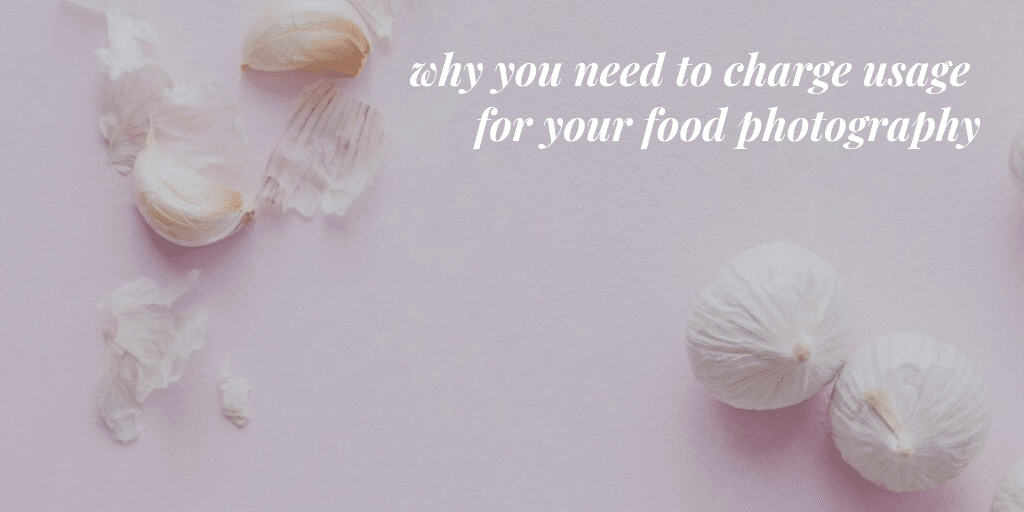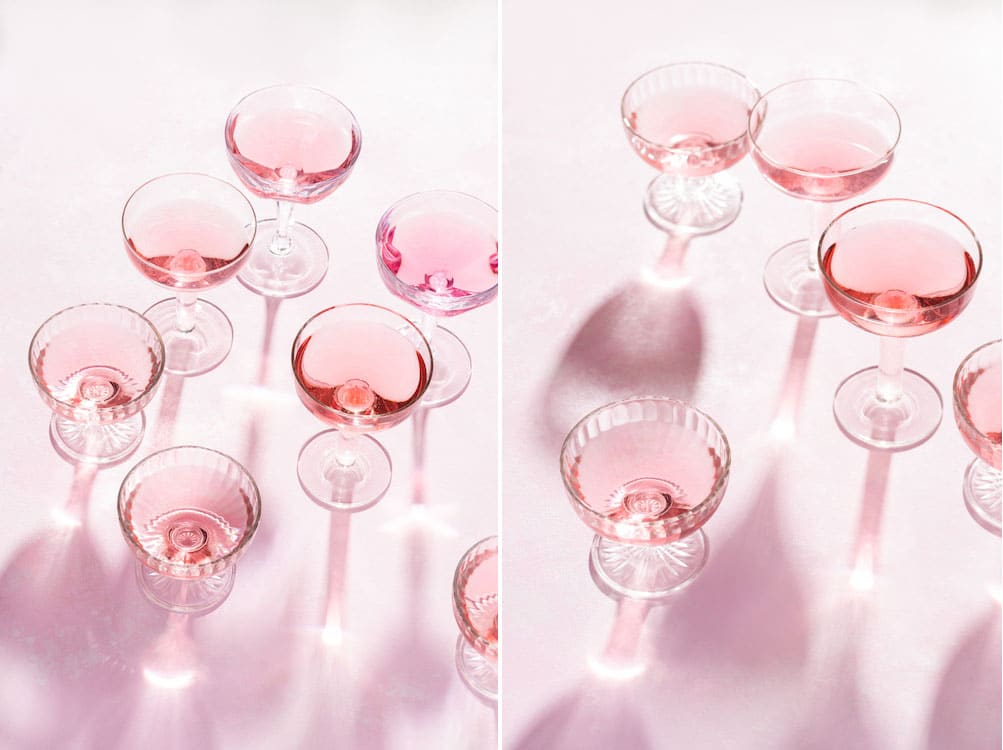In the last newsletter I sent out to my email list, I said it was a shitty time to be a photographer. Does that sound negative? I guess it does. I’ll say it again: it’s a shitty time to be a photographer!
Never in history has the demand for photography been so high, but the value so low. Along with the Internet and social media, digital has completely changed the landscape. Although we can get into myriad of other reasons, the bottom line is that there are too many photographers charging too little.
Before I get too far into this post, I do want to say that there also has never been so much opportunity for photographers. This is a good thing. But with the good comes the bad. Such is the duality of life. Technology is a double edged sword.

In the old days of film, professional photographers had to be very skilled, and they could make a lot of money. In fact, photographers could do nothing but shoot for stock agencies and literally make millions. I’m not even joking. Compare that to the pennies that photographers are now making licensing their images on microstock sites will give you an indicator of how far we’ve fallen. While it’s true that in some ways digital is much easier because you can instantly see the image on your LCD screen, photography still has a steep learning curve. You still need to master manual mode on your camera, and now you have to learn Photoshop and other software programs. If you’re a commercial photographer, you need to learn studio lighting. On top of all that, photography gear remains expensive. You may not need to process film anymore, but you still need a lot of gear, and at least two of everything! Add the cost of regular marketing efforts into the mix, you have a very expensive business to run.
Photography used to be “commercial” or “retail”–like wedding or portrait work. Now we have photographers that do influencer work, which has become a niche of its own. The marketing for this type of work is different, but the lines have become blurred as to the skill level that is required and what the pay should be. A lot of companies are hiring less experienced photographers to save money. They know the risk they’re taking, but hope they can get an image that is “good enough”. If they’re lucky, they might even get one that is great. They’re willing to take this risk.

On the other hand, emerging photographers are charging low rates, or providing libraries of images for prices that in no way are adequate for the amount of work required. You can only do this for so long before you work yourself into the ground and start hating what you do, or quit altogether. In food photography there is so much work required to get the shot. So much pre and post production, food and prop styling etc. Depending on what you’re shooting, it can take you the whole day to get two or three shots. Yet you regularly get clients coming to you for 30-40 even 60 shots with no concept of how long food photography takes, or even an idea of where the food is going to come from, or who’s going to prepare it. Unless a client is really experienced, they often won’t have a clue. I’ve even found some agencies don’t know if they haven’t worked on many food campaigns. Clients need a lot of education these days.
This has been my biggest struggle as a food photographer and I bet it’s also yours: getting clients to understand that good photography takes time and has a value. The photographs you take earn an organization money. Imagine the world of advertising without pictures. Who would buy anything if they didn’t know what it looked like? If we didn’t have imagery to tell the story of a brand and how it could benefit you or help solve your problems?

So what can you do about all of this? After all, we need to start somewhere. If you’re a beginner, you can’t expect to command the rates of a seasoned veteran. But you can learn to charge appropriately for your skill level and client list. The more professional work you have under your belt, the better clients you can attract and the higher rates you can command. This takes some time.
To know what you should be charging, you need to do some footwork. You need to talk to other photographers and join photographic associations. You need to work with a coach or a consultant that has experience in the industry and can advise you what the going rates are in your city. This is what I did in the beginning and it helped a lot. You also have to figure out your COB (cost of doing business). Getting paid a couple of thousand bucks for a photo shoot may seem like a great deal in the beginning, but if your expenses are so high that you’re barely making a profit, then something has to change. And that something is most likely charging usage.
When I talk about not charging enough, I’m really talking about not charging usage. Your “day rate” or “creative fee” is what you get paid for your labour. Usage is charged on top of that. This is where you make your money. You must charge usage because your images have value. That usage will greatly depend on where and how the image will be used, and how long it will be used, and how many people will see it. It’s different in different markets. Usage is so tough because so many photographers have not been charging this fee, or they include it in their price without explaining it to the client. This has created a lot of resistance with clients being willing to pay for it. Or they’re asking for perpetual (forever) and unlimited usage without willing to pay more. There is immense value in usage, and the more photographers give it away for free, the lower that value becomes. This is why it’s a shitty time to be a photographer. The fear of not getting the job, cutting corners on the estimate to save the client money, and not understanding the value of usage and imparting it to potential clients have created a monster. A monster that expects Cadillac photography for Beetle prices.

No doubt about it. Usage is hard. Pricing is hard. It’s can be confusing for seasoned photographers, which is why a lot of us work with reps to handle it for us. A lot of clients will try to low ball a photographer, but won’t try the same thing with their agent because they know they can’t get away with it.
Educate yourself on usage. Charge your clients for usage, and educate them on it. Let them use the images for a year and them ask them to pay more if they want to use them for longer. Take a look at the pricing on better stock sites like Offset and Stocksy. If a client needs to pay $250 for a royalty free, low resolution image that can also be purchased by their competitors, why should you charge less than that for an image that has been specifically shot for their brand? I hope that puts things into a bit more perspective.
Feel free to chime in with your comments below, or join my Facebook group to discuss these kinds of topics and more.







2 Responses
Brilliantly narrated….and yes, I do agree that its a real hard time being a photographer & to ask the price we actually deserve….hope the right sense prevails to those who are exchanging their artwork for dirt cheap or nothing…..
Thanks for stopping by and commenting. I have hope. We have to stick together and demand to get paid what we’re worth. The world needs great photography more than ever.